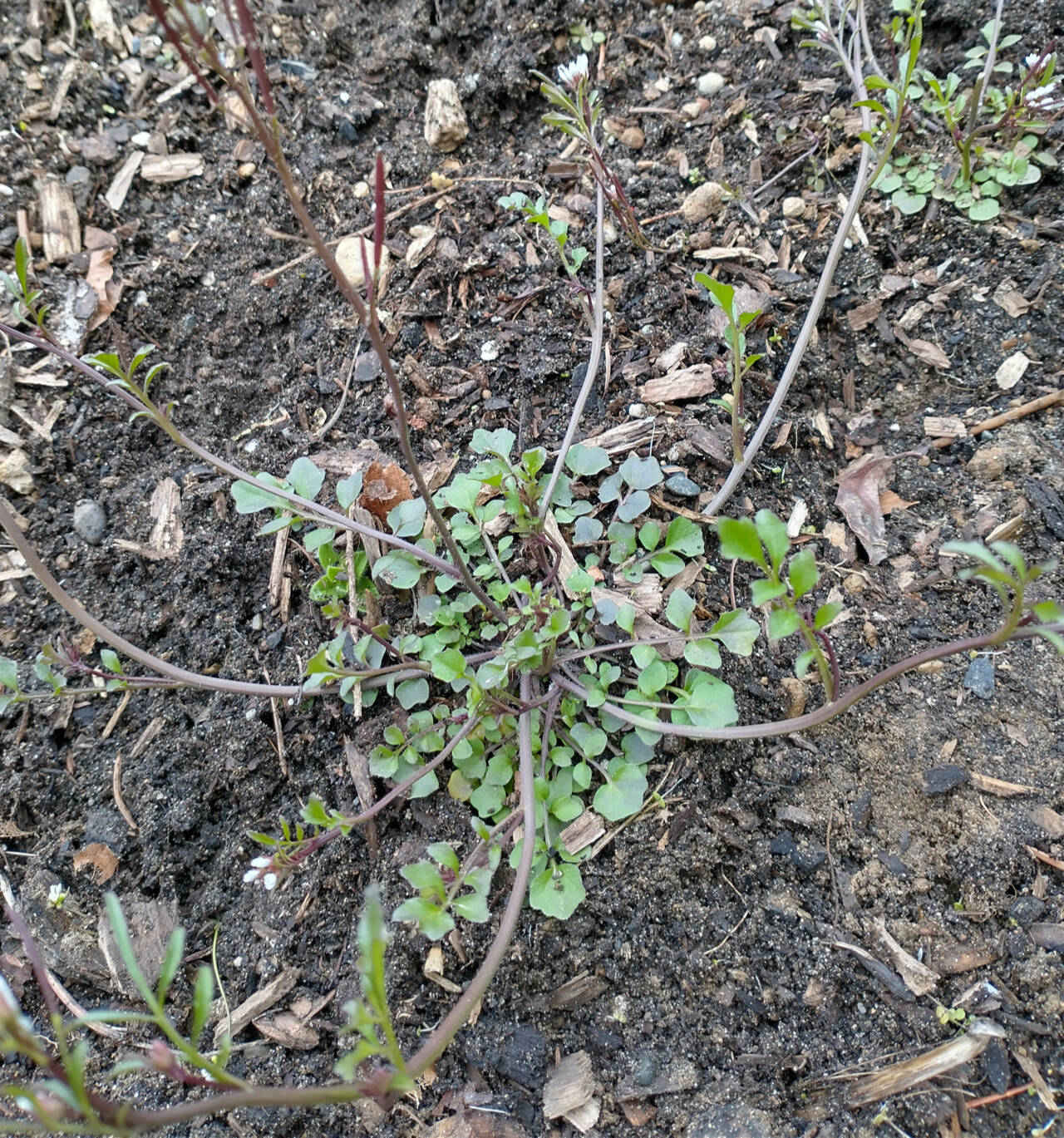Question: I don’t have a big garden and want to try container gardening. A friend recommended I try grow bags. Do you think this is a good idea?
Answer: Grow bags are containers made of thick, breathable fabric such as felt, wool, burlap, or polypropylene (i.e., the material used to make a reusable grocery bag). They come in a variety of sizes, shapes, and colors.
Like other container plantings, grow bags increase limited garden space. When placed on a deck or patio, they also bring the garden closer to you, allowing better access to plants for routine care as well as protection from wildlife.
Grow bags, however, have distinct advantages and disadvantages when compared with other containers. Grow bags typically are not as decorative as clay and ceramic pots. As a result, they are used more frequently for growing vegetables than ornamentals such as flowers.
Grow bags can be less expensive than plastic, clay, or ceramic containers. Good quality grow bags, however, are not cheap.
Grow bags sometimes come with handles. Handles can aid in moving grow bags around, but when filled with soil, grow bags become heavy and will not be easy to move.
Because of their porous nature, grow bags allow for better penetration of air into the soil than other containers. This improves root health and discourages plants from becoming root bound.
The downside is that soil in grow bags dries out more quickly than in other containers and requires more frequent watering and fertilization.
Grow bags are not as durable or long-lived as most other containers. They can be easily punctured when inserting trellises or stakes to support the plants or using sharp garden tools to fill them with soil. To extend the lifespan of your grow bag, remove the soil at the end of the season, brush off any dust and small roots, and store them in a dry spot out of the sun.
If grow bags sound right for you, give them a try. You might find that they are perfect for your container gardening needs.
Question: How do you control shotweed?
Answer: Shotweed (also known as hairy bittercress, pop-in-the-eye weed and spitweed) (scientific name: Cardamine hirsuta) is a small, delicate annual that enjoys the cool, wet weather of the Pacific Northwest.
Its common name derives from the explosive nature of its seedpod which, when mature, sends seeds flying in all directions with the slightest breeze or touch of the hand. If the seeds hit soil and conditions are acceptable, they will germinate. Seeds also remain viable in the soil for many years and germinate when conditions improve. As a result, this innocuous looking weed can quickly become a garden nuisance if not controlled.
To control shotweed, eliminate bare soil in your garden. A healthy lawn, well-established garden plants, or a dense ground cover will shade and out-compete these small plants. Alternatively, apply several inches of organic mulch such as bark, straw, or grass clippings to bare ground to prevent germination of seeds and shotweed establishment.
If shotweed appears in your garden or landscape, remove it as soon as possible. Be aware that shotweed can germinate in the fall and grows slowly over the winter. This means control must begin well before preparing your garden for spring planting.
Shotweed is easily pulled by hand because it is shallow-rooted. You can also hoe plants when they are small, clipping off the plants at ground level. If you don’t remove all its roots, do not worry. Unlike perennial weeds, shotweed is unlikely to grow back or multiply from the roots.
Be sure to collect and discard pulled plants. If you set them on the ground, the uprooted plants often re-root themselves. Do not compost shotweed.
The leaves of shotweed are edible raw or cooked. It is not to everyone’s taste though chickens love the tender leaves.
Shotweed is susceptible to several broad-leaf herbicides, including glyphosate and products containing 2,4-Dichlorophenoxyacetic acid (known as 2,4-D). For effective control, however, you must take the steps described above to prevent seed production and germination. Killing the plants with herbicides after they have produced seeds will be a waste of your time and money.
Jeanette Stehr-Green is a WSU-certified Clallam County Master Gardener.
‘Pruning Japanese Maple’
Make sure to join us for the upcoming Green Thumb presentation, “The Art and Science of Pruning Japanese Maples” presented by Clallam County Master Gardener Keith Dekker from noon-1 p.m. Thursday, May 26. Join the Zoom by clicking on the link on the WSU Extension Clallam County website calendar at extension.wsu.edu/clallam. Or, join by phone at 253-215-8782 (meeting ID 920 0799 1742, passcode 709395). Green Thumb presentations cover basic gardening topics relevant to most home gardeners. Seminars are free, but donations to help support the WSU Clallam County Extension Master Gardener program or Master Gardener Foundation of Clallam County are appreciated.



